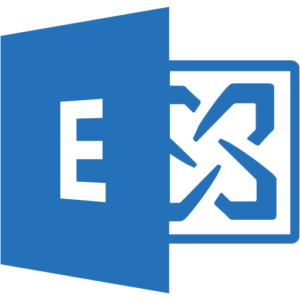Database Availability Group (DAG) Concepts
|
DAG Members |
The Mailbox servers that are members of the DAG and can host database copies within the DAG. A DAG can have up to 16 members and a File Share Witness.
|
|
Quorum |
The process by which the DAG members determine whether a majority of members are online and available. If quorum is lost, the DAG and all of the databases that it hosts may go offline.
|
|
File Share Witness |
A non-DAG member that is involved in the quorum voting process to act as a tie-breaker when the DAG has an even number of members.
|
|
Active Database Copies |
The active copy of a database is the copy on one of the DAG members that is mounted and actively servicing clients. There can be only one active copy of a database at any given time.
|
|
Passive Database Copies |
The passive copies of a database are dismounted and receive updates from the active database copy through continuous replication. A database can have no passive copies if it is a single-copy database, or up to 15 passive copies (due to the maximum number of DAG members being 16).
|
|
Continuous Replication |
The process of replicating changes from the active database copy to the passive database copies.
|
|
Copy Queue |
The queue of changes on the active database copy that are yet to replicate to a DAG member hosting a passive copy.
|
|
Replay Queue |
The queue of changes to the active database copy that have replicated to a DAG member hosting a passive copy, but have not been replayed or committed to the passive database copy yet.
|
|
Lagged Database Copies |
Lagged copies are passive database copies that have a delay of up to 14 days configured for either the replay or truncation of transaction logs, in continuous replication. By “lagging” a database copy behind the others, the lagged copy can be used to recover from some logical corruption or data loss scenarios.
|
|
Active Manager |
A component of Exchange that is responsible for monitoring the status of the DAG, detecting failures, and making decisions about corrective actions that should be taken.
|
|
Switchover |
An administrator-initiated change in which the active database copy is dismounted and a passive copy is mounted to become the active copy. Switchovers can be targeted (the administrator chooses the database copy that will become the active copy) or targetless (the administrator allows Active Manager to choose the copy that will become the active copy).
|
|
Failover |
Similar to a switchover, however, a failover is not administrator-initiated and occurs in response to an unplanned failure.
|
|
Activation Preference |
A value configured by the administrator on each copy of a database to indicate the most preferred database copy to be the active copy.
|
